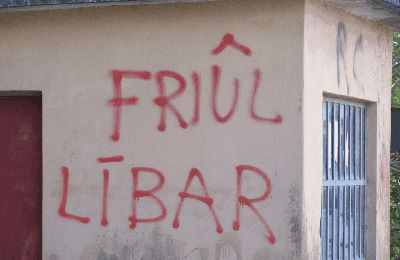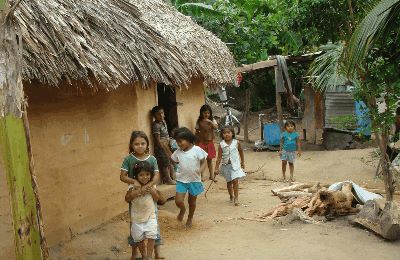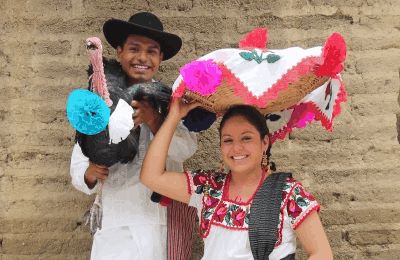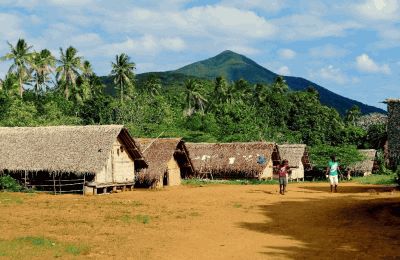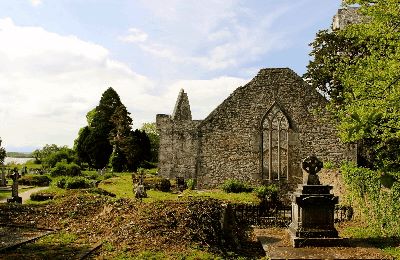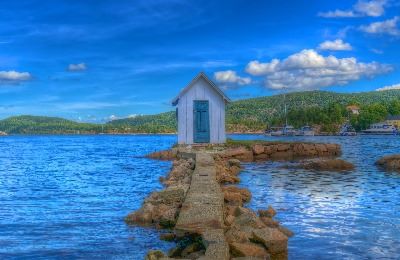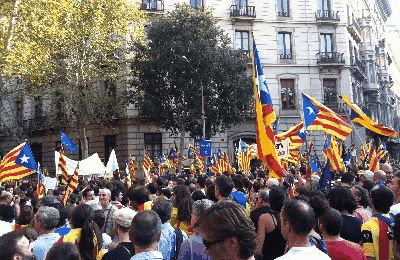
|
Throughout the last twenty years or so that I have spent learning languages, the languages I chose to learn were always for work or travel purposes. This changed last year when I decided to focus on something different. I had always wanted to learn Scottish Gaelic, the language of my ancestors, but I had never had the time due to other commitments. Once I decided to make the time for it, there was no going back. My great-grandfather taught Gaelic to adults in Glasgow but the language was never passed down any further within the family. This is a typical story within Gaelic speaking families over the last century. The number of Gaelic speakers in Scotland today is estimated to be around 60,000 people. However, nobody is certain how many of those are native speakers. The language is currently still spoken mainly in the Western Isles with the Isles of Lewis and Harris having the highest percentage of Gaelic speakers per head of population. There are now very few places in mainland Scotland where Gaelic is commonly heard.  A sign giving directions in both Scottish Gaelic and English The Gaelic language is a Celtic language and is believed to have been brought to Scotland from Irish settlers around the 4th century. The two languages are still very similar today. By the 10th century, Gaelic was the dominant language in north and west Scotland. The decline of the Gaelic language started around the 19th century when there were around 300,000 Gaelic speakers in the year 1800. By 1931, there were just 130,000 speakers left. Throughout the 18th and 19th centuries, there were some major factors which caused the decline of the Gaelic language. Firstly in 1707, there was the Act of Union with England. In the 1870s, Gaelic was banned in schools and teachers had to enforce English within the classroom. The 19th century was a sad period for the Gaelic people in history. Many of the Gaelic-speaking population were tenant farmers and during this period, many land owners evicted their tenants in favour of populating their land with sheep. This caused many of the Gaelic speakers to leave Scotland altogether and seek new opportunities. Some were promised land to farm on in Canada, Australia and New Zealand. These people took their language with them and most never returned to Scotland. Faced with having to learn English in their new country, many thought it unnecessary to pass on the Gaelic language to their children and it eventually died out in many families. A small number managed to keep the language alive and as a result there are still around 1,000 Gaelic speakers in Nova Scotia, Canada. In recent years, the Scottish government has tried to implement some measures to reverse the sharp decline in Gaelic speakers. Gaelic was re-introduced into schools in recent years and the first Gaelic medium high school where all subjects are taught in Gaelic was opened in Glasgow in 2006. More recently, another Gaelic medium high school was opened in Edinburgh. There are several Gaelic medium primary schools, particularly in the Western Isles and some young children now join these schools before they start to learn English. Classes for parents are encouraged so that they can support their children in learning Gaelic and there are now many adult classes within the communities throughout Scotland.  Maureen Millward on the Isle of Lewis, the largest island of the Western Isles of Scotland Seeing as I now live outside Scotland, my only option for regular tuition in Gaelic was to take up a distance learning course through a college on the Isle of Skye. The course consisted of one weekly telephone tutorial in a group and then an exam at the end of term. I did well in my first level exam and for the second level, I am planning to attend a week-long intensive course at the college in Skye. To enhance my Gaelic learning experience, I took a trip to the Isles of Lewis and Harris earlier this year. I arrived in Stornoway and heard Gaelic being spoken in the first shop I went into. I took the opportunity to practise with the shop owner and the following day, I drove into the more remote parts of the islands where Gaelic is still quite widely spoken. I was lucky enough to stop at Ravenspoint Cafe (who also run Gaelic courses) and practise some Gaelic there and then I went to the village of Gravir and attended a church service all in Gaelic including the unique and traditional singing of the Gaelic Psalms. This was a truly worthy experience of Gaelic culture and after the church service, the friendly locals were all happy to speak in Gaelic to me. Despite the lack of native speakers and plentiful resources that exist with the more mainstream languages, Gaelic is still possible to learn to a decent level. It's just a case of searching for the right resources to help you. There are children's books, DVDs teaching Gaelic, language courses, an online dictionary, useful websites, a television channel (BBC Alba) and even fiction by well-known Scottish authors such as Ian Rankin has been translated into Gaelic. Despite the challenges, I have thoroughly enjoyed my Gaelic learning experience so far and it has opened up cultural aspects of my home country which I never knew existed before I began my Gaelic journey. Maureen Millward is a Polyglot and Accountant from Scotland. As well as English, her native language, she is fluent in Spanish, Italian, and Portuguese and also speaks Norwegian, French, Gaelic and Arabic at various levels. She is currently learning Greek and German. As well as languages, she has a passion for travel & photography which she talks about on her blog Mo's Language Learning Journey https://languagelearningjourney.wordpress.com/ Parrot Time is always looking for guest writers, so if you are interested in writing for us or donating something you have written for your own blog, please contact us at editor@parrottime.com. We look forward to your contributions! |
| Languages in Peril - Scottish Gaelic | |||
| Writer: | Maureen F Millward | ||
| Images: | |||
| |||
Jimmy Mello retains all copyright control over his images. They are used in Parrot Time with his expressed permission.
Maureen Millward retains all copyright control over her images. They are used in Parrot Time with her expressed permission.
All images are Copyright - CC BY-SA (Creative Commons Share Alike) by their respective owners, except for Petey, which is Public Domain (PD) or unless otherwise noted.
|
Looking for learning materials? Scriveremo Publishing, has lots of fun books and resource to help you learn a language. Click the link below to see our selection of books, availlable for over 30 langauges!
| |
comments powered by Disqus










